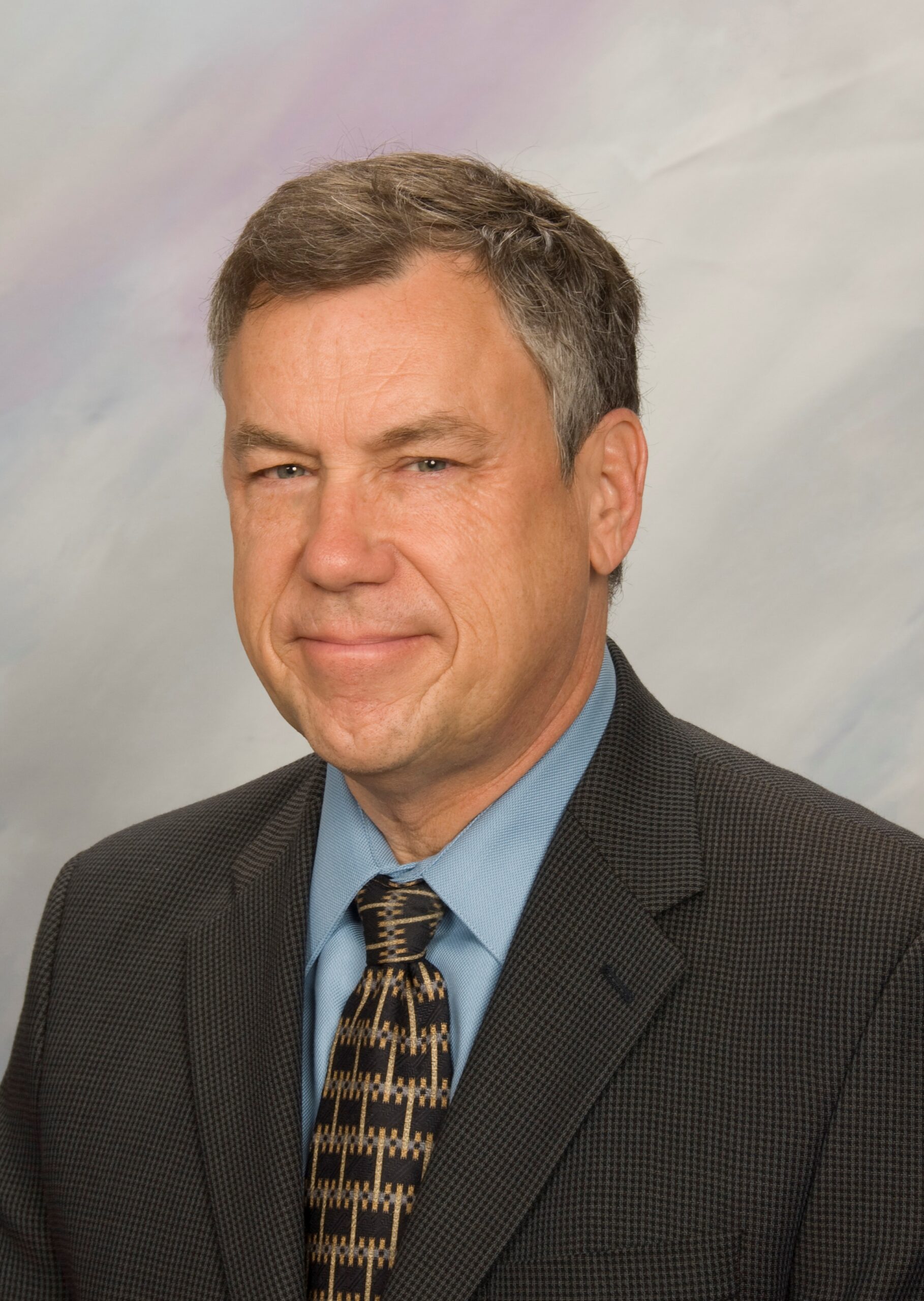Subway is doubling down on its sustainability efforts. During a press conference in a New York City restaurant on Tuesday, May 6, brand executives discussed the quick-serve chain’s latest innovations in green sourcing, among other news.
“We are trying to make our restaurants and our operations as socially responsible and environmentally responsible as possible,” says Elizabeth Stewart, director of corporate social responsibility, in a phone interview with QSR. “Our vision is to continue to evolve our menu to have a variety of great-tasting options, whether it’s indulgent or better-for-you options, but to do it in a way that reduces our environmental footprint and has a positive impact in the communities we operate in.”
Stewart says Subway’s efforts have already resulted in a smaller environmental footprint and reduced landfill output.
“We’ve increased our recycle count,” she adds. “Ninety-five percent of our products now can be recycled or composted, and 100 percent of our paper-based products are made from either recycles material or from certified sustainable wood pulp.”
Many of the changes made have come from issues Subway addresses that are not rooted in sustainability but do present an opportunity to be more green. For example, when Subway sought to redesign its salad bowls because of a functional problem with the lid, the company was able to reformulate what materials went into the new bowls to significantly reduce the landfill impact, Stewart says.
“Not everybody embraces sustainability, so what we try to do is a three-pronged approach … where we always think about sustainability when we are solving a problem,” she says.
Don Fertman, Subway’s chief development officer, echoes Stewart. He says the brand is constantly seeking new ways to increase its commitment to being green. The brand’s latest Global Challenge, a worldwide competition for consumers to build and run their own virtual store, connected Fertman and the Subway team with Nithyanandam Yuvaraj Dinesh Babu, a contestant originally from New Delhi and one of three winners.
“He’s an eco-engineer, and he’s all about taking any concept … and reducing its environmental footprint and finding sustainable sources of energy,” Fertman says. “He actually created a virtual store that was designed to do that, so we’re learning from him about that.”
The Global Challenge is a learning opportunity for participants, Fertman says, but it’s also a chance for Subway to analyze expansion and new locations. In moving forward, the brand will grow with the environment in mind, focus on improving the nutritional quality of its menu offerings, and also concentrate efforts on nontraditional expansion.
By Tamara Omazic

